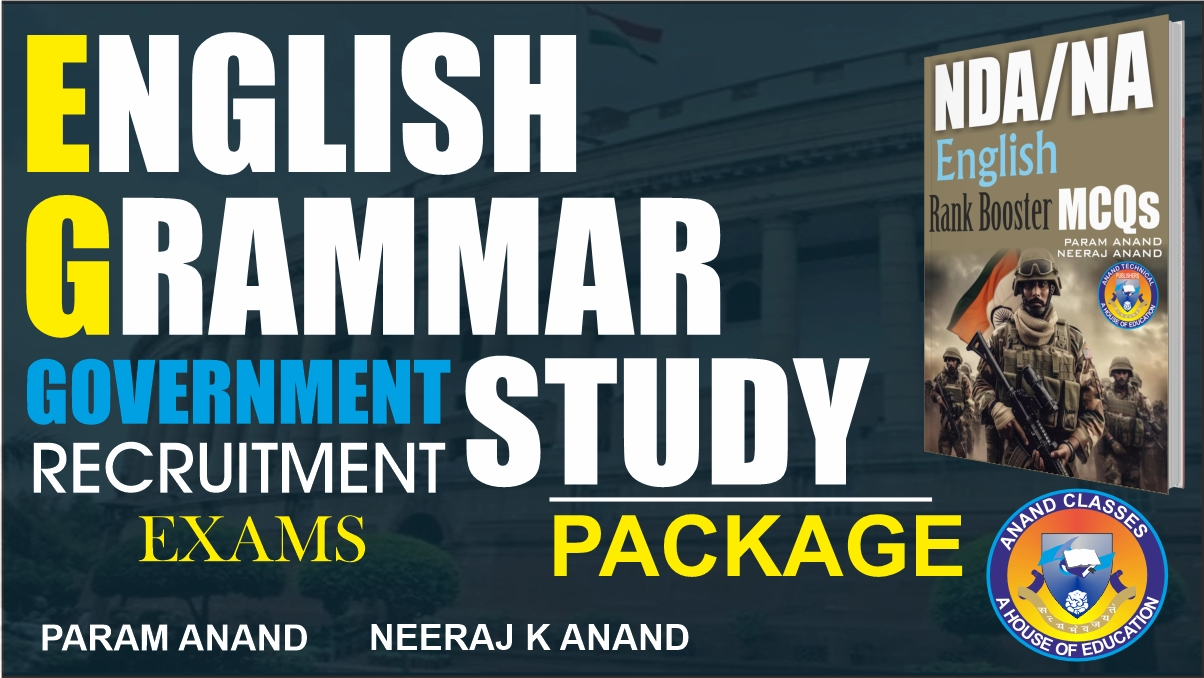Introduction to Fundamental Rights
Fundamental Rights and Directive Principles have a common origin. Nehru Report 1928 which incorporate some Fundamental Rights. The framers of Constitution derived inspiration from the Constitution of USA i.e. Bill of Right. Part III of Constitution is rightly described as Magna Carta of India.
Fundamental Rights are the essential human freedoms guaranteed by the Indian Constitution to every citizen to ensure their dignity, liberty, and equality. These rights are enshrined in Part III (Articles 12-35) of the Indian Constitution and are legally enforceable by the judiciary. Fundamentals Rights are justiciable and are protected by the judiciary.
Key Features of Fundamental Rights:
- Fundamental Rights are justiciable, meaning they can be enforced through courts.
- They safeguard individual freedoms against any arbitrary state action.
- The Supreme Court and High Courts have the power of judicial review to ensure laws conform to Fundamental Rights.
- Originally, the Constitution provided for seven Fundamental Rights, but after the 44th Amendment Act, 1978, the Right to Property was removed from the list.
- These rights borrow heavily from the American Bill of Rights.
Q&A Format for Exams
Q1: What are Fundamental Rights in the Indian Constitution?
A: Fundamental Rights are basic rights and freedoms granted to Indian citizens to promote their overall well-being and protect them from state oppression. These rights are essential for the development of personality and democracy in India.
Q2: How many Fundamental Rights are there in the Indian Constitution?
A: Presently, there are six Fundamental Rights:
- Right to Equality (Articles 14-18): Ensures equal treatment before the law.
- Right to Freedom (Articles 19-22): Guarantees speech, expression, movement, and personal liberty.
- Right against Exploitation (Articles 23-24): Prohibits forced labor and child labor.
- Right to Freedom of Religion (Articles 25-28): Grants religious freedom to individuals and groups.
- Cultural and Educational Rights (Articles 29-30): Protects minority rights in culture and education.
- Right to Constitutional Remedies (Article 32): Allows citizens to approach courts for rights enforcement.
Q3: Why are Fundamental Rights important?
A: These rights are crucial for the protection of individual liberty, prevention of discrimination, and maintenance of political democracy. They ensure a check on government power and uphold rule of law.
Q4: Which Fundamental Rights are available only to Indian citizens?
A: Articles 15, 16, 19, 29, and 30 are exclusively available to Indian citizens.
Q5: Which Fundamental Rights are available to foreigners as well?
A: Articles 14, 20, 21, 23, 25, 26, 27, and 28 apply to both Indian citizens and foreigners residing in India.
Q6: What is Article 32?
A: Article 32 is known as the “Heart and Soul” of the Constitution, as it allows individuals to approach the Supreme Court if their Fundamental Rights are violated.
Q7: What is Judicial Review?
A: Judicial Review is the power of the Supreme Court and High Courts to examine laws and executive actions to ensure they conform to the Constitution. If a law violates Fundamental Rights, the courts can declare it unconstitutional.
Multiple Choice Questions (MCQs) with Answers and Explanations
Q1: Which Article of the Indian Constitution deals with the Right to Equality?
A) Article 12
B) Article 14
C) Article 21
D) Article 19
Answer: B) Article 14
Explanation: Article 14 ensures equality before the law and equal protection of the laws within India.
Q2: Which Fundamental Right was removed by the 44th Amendment Act, 1978?
A) Right to Property
B) Right to Freedom of Speech
C) Right to Religion
D) Right to Education
Answer: A) Right to Property
Explanation: The Right to Property was removed from Fundamental Rights and moved to Article 300A.
Q3: Which Article provides the Right to Constitutional Remedies?
A) Article 32
B) Article 19
C) Article 21
D) Article 25
Answer: A) Article 32
Explanation: Article 32 allows individuals to directly approach the Supreme Court for the enforcement of their Fundamental Rights.
Q4: The term ‘State’ in Article 12 includes which of the following?
A) Government and Parliament of India
B) Government and Legislature of States
C) Local Authorities
D) All of the above
Answer: D) All of the above
Explanation: Article 12 defines ‘State’ to include the Union and State Governments, Parliament, and local authorities.
Q5: Which Fundamental Right protects individuals against discrimination?
A) Right to Freedom
B) Right to Equality
C) Right to Religion
D) Right to Education
Answer: B) Right to Equality
Explanation: Articles 14-18 cover the Right to Equality, ensuring no discrimination based on caste, sex, race, or religion.
Frequently Asked Questions (FAQs)
Q1: Can Fundamental Rights be suspended?
A: Yes, during a National Emergency (Article 352), except for Articles 20 and 21.
Q2: Can Fundamental Rights be amended?
A: Yes, but only through a constitutional amendment, without altering the basic structure of the Constitution.
Q3: What is the difference between Fundamental Rights and Directive Principles?
A: Fundamental Rights are justiciable (enforceable by courts), whereas Directive Principles are non-justiciable but serve as guidelines for governance.
Q4: What is Article 300A?
A: Article 300A provides the Right to Property, which is no longer a Fundamental Right but remains a legal right.
Test Your Knowledge
Fundamental Rights Quiz
For comprehensive study materials on NDA, CDS, UPSC, AFCAT, RRB, IBPS-PO, SSC, KVS, CLAT exams, visit Anand Classes.
Published by: Anand Technical Publishers
Written by: Neeraj Anand
Proprietor: NIRMAL ANAND Educations
Contact: +91-9463138669 | Email: anandclasses1996@gmail.com
Buy study material at: https://publishers.anandclasses.co.in/




